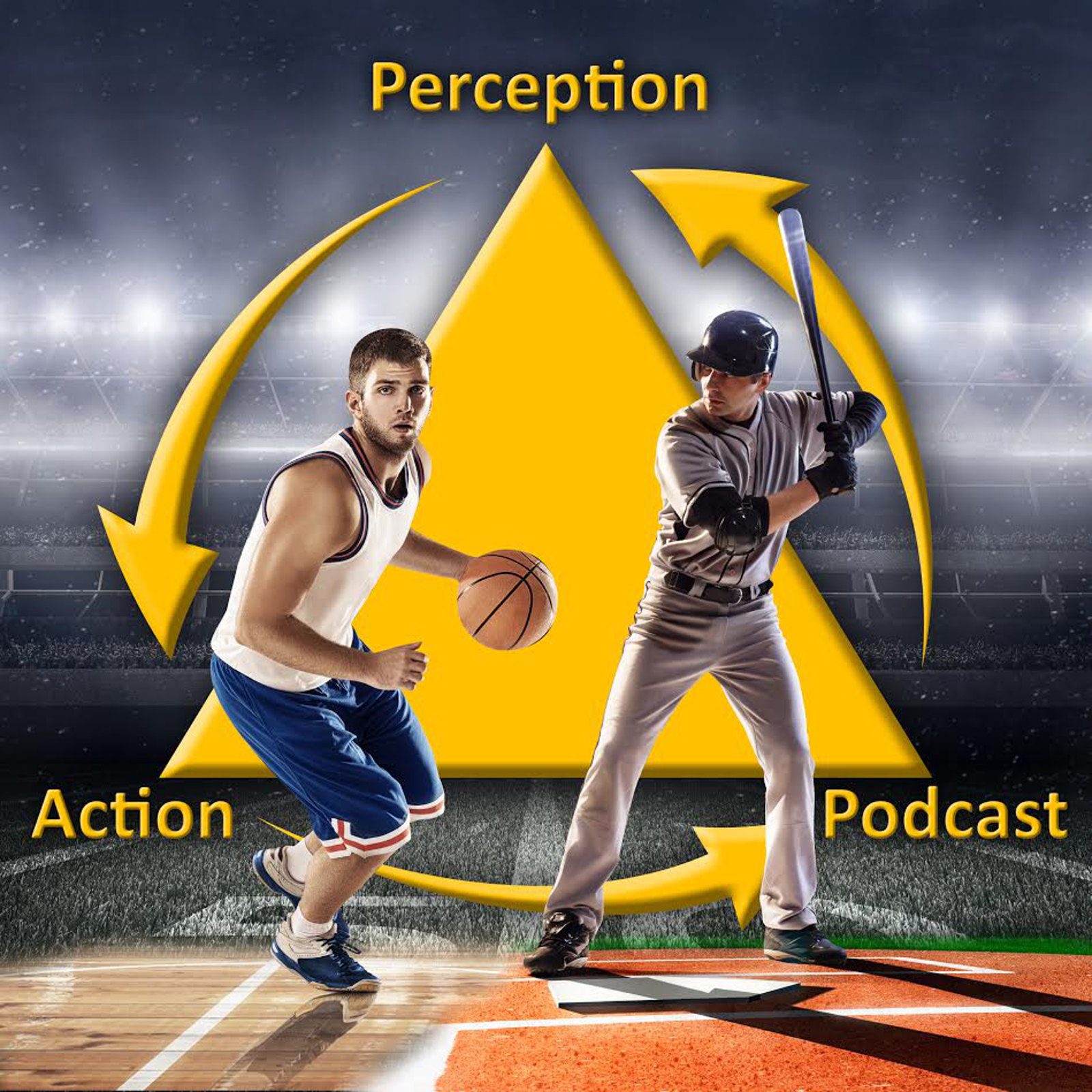-What should you think about the next time you are pumping iron at the gym? One of the most consistent findings in the motor learning literature is that, contrary what we are often told, you should not be thinking about your body (what is called an internal focus of attention) and instead think about something in the area around you (an external focus). Further evidence support this view comes from a study just published in the Journal of Strength and Conditioning Research. Ghanti and colleagues compared the effects of an 8-week strength training program for a groups that used either internal or external instructions. So, for example, when doing a squat, one received the standard “Bend your knees while keeping your knees over your toes” while the other was told “point toward the cones and pretend you are going to sit on a chair”. And, for jumps, either “reach your fingers as high as you can” or “jump up to reach the hanging ball”. After training the group that used the external instructions improved more in strength, flexibility and distance of the jumps. So, next time you’re at the gym stop focusing so much on your own body! Instead start thinking about pushing the weights into to the ceiling or maybe throwing them towards the person on the other side of the room with the way better body than yours! Science says you should.
-Staying in the gym, how is social distancing going to change the way we work out with a personal trainer? A growing trend in motor learning technologies is the use wearable sensors and communication devices that can be use to give you remote feedback as if your trainer was standing right beside you. So, imagine wearing tights with built-in sensors that vibrate your thigh if you bend your knees to much when squatting. An example of this type of technology was recently studied in paper published in the journal Personal and Ubiquitous Computing. Camarillo-Abad et al describe what they call the “what you do is what i learn” system in which an instructor performs a set of movements, which are sensed and then used to create a tactile signal to all the students in a class via sensors they are wearing. When students then try to then perform the movement, the two are compared and a tactile signal is sent back to the instructor. Sounds like a big improvement from trying to figure out what you Crossfit instructor is doing while squinting and looking at your ipad!
-Finally today, I want to mention a couple special issues of journals that are currently accepting articles for submission. The first is in the journal Optometry and Vision Science, looking at Visual Function and Sports Performance, including evidence-based support for sports vision training. Yours truly is one of the guest editors for this so you if have any question let me know. The second special issue is in the journal iPerception and will focus on the “The ecological approach of James J. Gibson: 40 years later”. For those don’t know his work, Gibson was one of the most impactful thinkers in the areas of perception and skill acquisition developing fundamental concepts including affordances, invariants and direct perception.
To enable the news briefing on your echo:
Go here: https://www.amazon.com/dp/B08CZ8Y2T2
OR
-From the Alexa app on your phone go to settings by pressing the three little lines in the top left
-Go to Skills & Games
-Search (magnifying glass in top right) for “Skill Acquisition News”
-Click Enable to Use
-Say: “Alexa, what’s my Flash Briefing?” (Note, this will play any other news items you added too).
